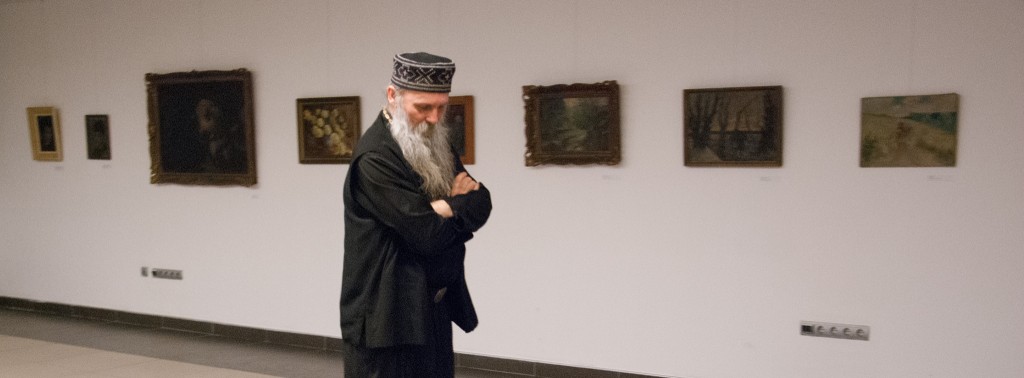Principle of Life as Opposition to Destruction
The screening of film ‘My Father, Mirko Fuchs’ and workshop by Gordana Todorić ‘Mirko Fuchs, Citizen of Novi Sad’ was held in the Youth Forum of the Cultural Centre of Novi Sad within the programme ‘Freezing Silence Speaks’. The international Holocaust Memorial Day was commemorated with the story about Mirko Fuchs and his family. This event closed the seven-day programme of the Cultural Centre of Novi Sad, which commemorates the victims of Novi Sad Raid 1942.
The life of a man who loved sports, had the first petrol station in Novi Sad, was a member of the Falcons Association (Sokoli) and managed to preserve dignity despite all ordeals he faced, show us that a human and humanity must be founding principles. This is even more important because people who tried to erase Mirko Fuchs and his family from the map of Novi Sad did not advocate these principles. The principle of life that opposes destruction, which Mirko Fuchs transferred to his daughter Lea Ljubibratić, our fellow citizen, is the focal point of the narrative about the Holocaust.
– The workshop that ends this seven-day educational series is dedicated to the international Holocaust Memorial Day. We presented this student-made project ‘My Father, Mirko Fuchs’, both biographical and autobiographical film about a citizen of Novi Sad, Jew, Mirko Fuchs, made with generous help of his daughter Lea Ljubibratić. The film by students of ‘Svetozar Miletić’ high school is not only a reconstruction of a biography of a fellow citizen, but it is also synthesis of those segments we covered in the last six days. By remembering the day when the Red Army freed Auschwitz and revealed to the world what the euphemism ‘final solution to the Jewish question’ really meant, we remember all those who were involved in this abominable project. However, I believe that the most important thing is learning about good people. Biography of Mirko Fuchs shows how a good man faced evil – said Gordana Todorić.
After film screening, Ms Ljubibratić addressed the visitors via telephone.
– The reason for making this workshop is the attempt to preserve in memory of the unfortunate events from the past of our city. My choice to be a pacifist, not to hate anyone, and above all to love and respect every human being – said Lea Ljubibratić.


